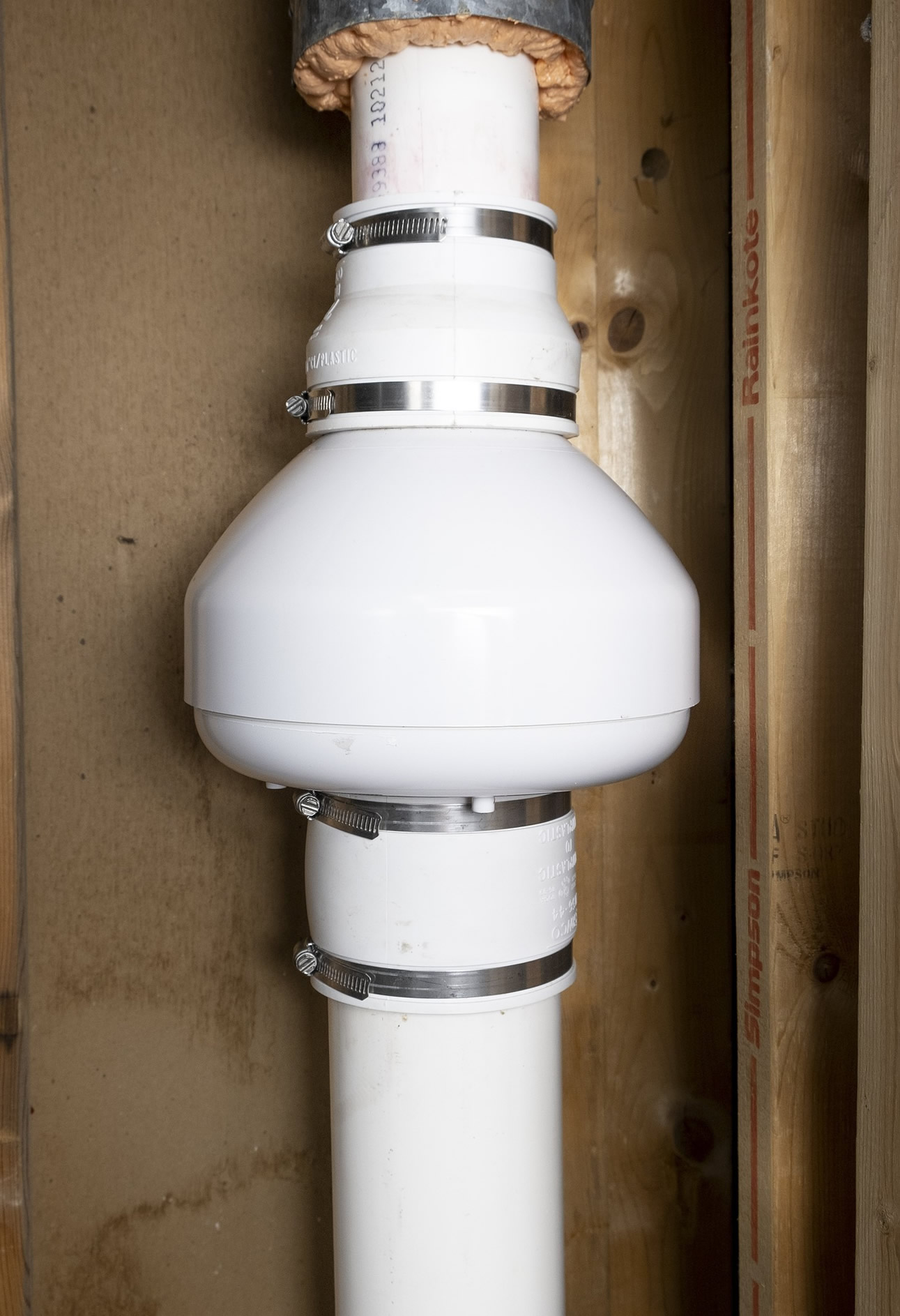What is Radon?
It's a radioactive gas formed by the breakdown of uranium in soil, and it is present at some level in every home in Canada. It can be anywhere, and every home is different – your radon levels can be very different from your neighbour's.
Radon enters your home through cracks, gaps, and openings and can build up to dangerous concentrations. Its radioactive particles damage the cells in our lungs, which increases the risk for lung cancer.
Every region in Canada has homes with elevated levels of radon, and every home is potentially at risk. Make no mistake – radon is a killer, and the only way to know the level in your home is to test for it.
Have you ever wondered why some people die of lung cancer having never smoked a day in their life?
The answer is probably due to radon exposure. Radon is the second leading cause of death from lung cancer and kills over 3,000 Canadians every year.
Anyone who smokes knowingly takes that risk, but would you like to take the same risk unknowingly, just by living in your home?
Additionally, if you smoke and are exposed to high concentrations of radon, you are at an exponentially higher risk of developing radon-induced lung cancer.
How to test your home for radon
You can't see, taste, or smell it, but testing for radon is simple and inexpensive. It pays to find out.
We have made testing your home for radon easy by offering a variety of radon test kits. Take action and test your home today.
How to fix high levels of radon
The good news is that reducing the levels of radon in most homes is as straightforward and inexpensive as many other types of household maintenance.

Radon reduction is often completed in just one day and can effectively reduce radon levels in most homes by more than 80%.
It's easy to find certified radon experts in your area.
The Canadian guideline for taking action to reduce radon in indoor air is 200 Bq/m3 (becquerels per cubic metre).

Financial Support Available
The Canadian Lung Association provides up to $1,500 grant for qualifying Canadians who are low income or who have lung cancer.
Lung Sask can reimburse Saskatchewan residents for radon mitigation up to $500 through the Conexus Caring Breaths Financial Assistance Program
The Lung Association, Manitoba can provide a $1,500 grant for Manitoba homeowners who are low income or who have lung cancer.





